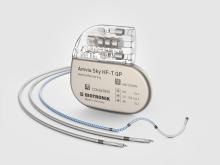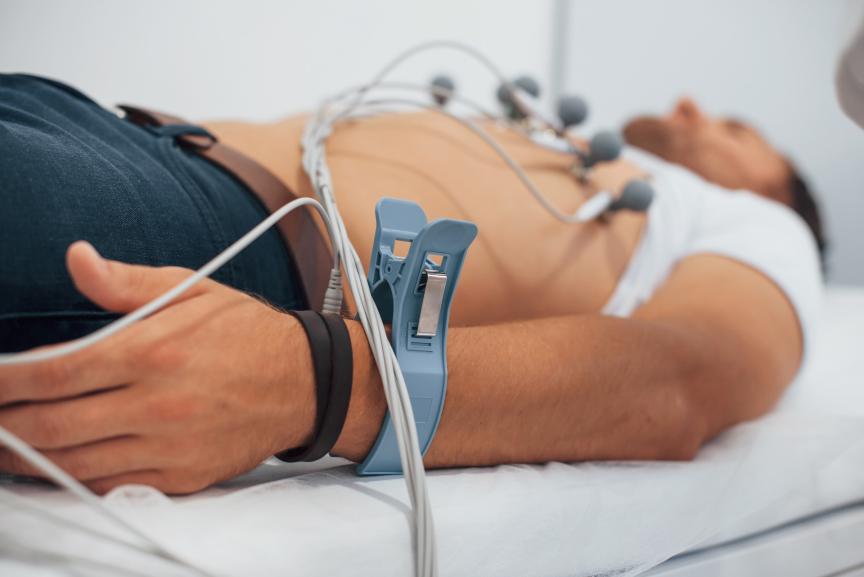What Is Bradycardia?
Bradycardia means that the heart beats too slowly. This might even feel like a heartbeat is skipped from time to time. A normal heartbeat at rest is usually between 60 and 100 beats per minute. Well-trained athletes may have an even lower heartbeat without any underlying issues. This is due to the fact that their hearts “run” more efficiently. Their hearts pump more blood with each heartbeat than that of the average person. But if you are not an athlete, having a slow heartbeat can result in too little blood being pumped through your body. If the heart fails to supply the body with enough blood and oxygen, bradycardia (a slow heartbeat) can be a severe health issue. In some types of bradycardia, the blood supply is sufficient at rest, but the heart rate is not able to adapt to situations of physical or emotional stress. This failure to adapt the heart rate is known as chronotropic incompetence.




